11 ways 5G could transform travel and tourism
As the rollout of 5G brings faster connections to even the remotest regions of the planet, it’s set to help expand the global travel and tourism sector even further.
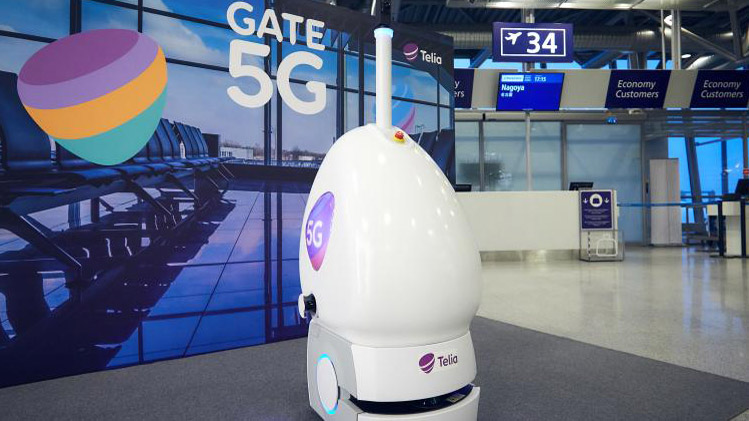
Despite the huge disruptions caused by the coronavirus pandemic, travel and tourism has consistently been one of the world’s biggest drivers for economic growth and development, meaning it’s a prime industry for the rise of 5G.
Not only did the industry grow by almost 4% in 2019, it contributed a record-breaking $8.8 trillion (£6.58 trillion) to the worldwide economy and now accounts for more than 319 million jobs.
Despite the stalling of the travel industry, analysts are still expecting this growth to continue apace once a Covid-19 vaccine is in place, and with the faster, more reliable and far-reaching mobile networks provided by 5G, there are a host of opportunities for the travel sector to take advantage of.
And with the importance of restricted interactions as we move forward in a Covid-safe environment, 5G can enable all of manner of remote 5G use cases such as contactless payments, robot monitoring, driverless shuttle vehicles, and much more.
In this post we’ve covered some of the key ways that 5G could transform tourism as we know it.
1. Robot monitoring in airports and beyond
In recent weeks China has managed to ‘flatten the curve’ of its coronavirus outbreaks, and 5G technology is playing an integral part in the country’s battle against Covid-19.
One use of 5G tech which has drawn particular attention is patrol robots, which are being used in busy areas such as airports to monitor citizens, and ensure that people are wearing face masks in public spaces.
Get up to speed with 5G, and discover the latest deals, news, and insight!
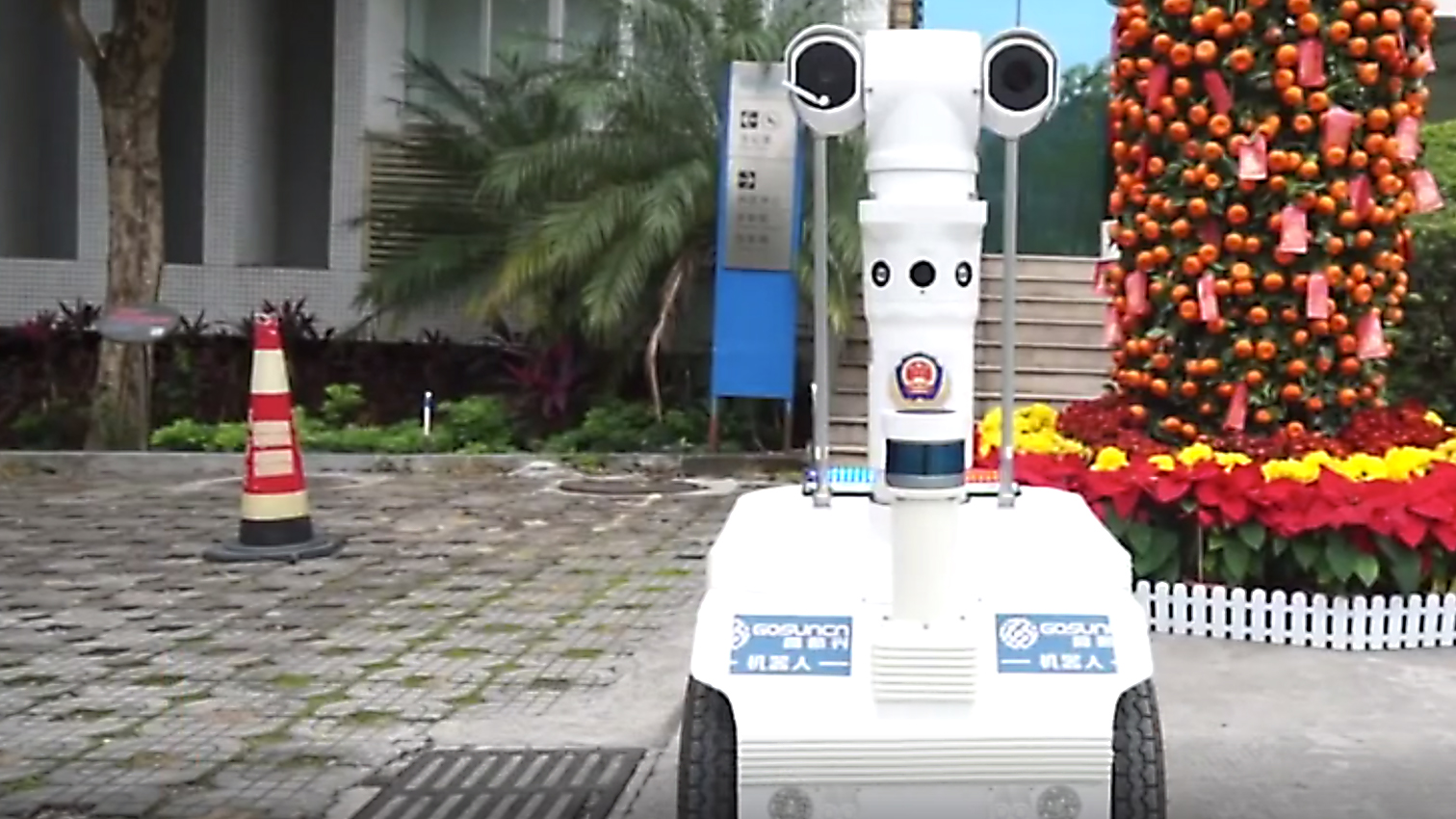
The robots were developed by Guangzhou Gosuncn Robot Company, with additional support from IoT hardware and software specialist Advantech. And the robots have already been deployed in airports and shopping malls in cities such as Guangzhou, Shanghai, Xi’an and Guiyang.
Where a manual temperature check must be conducted by a human operative, putting them and their immediate family and friends at risk, these robots operate remotely, and are equipped with infrared thermometers which are capable of scanning the temperature of 10 people simultaneously, within a radius of 5 meters.
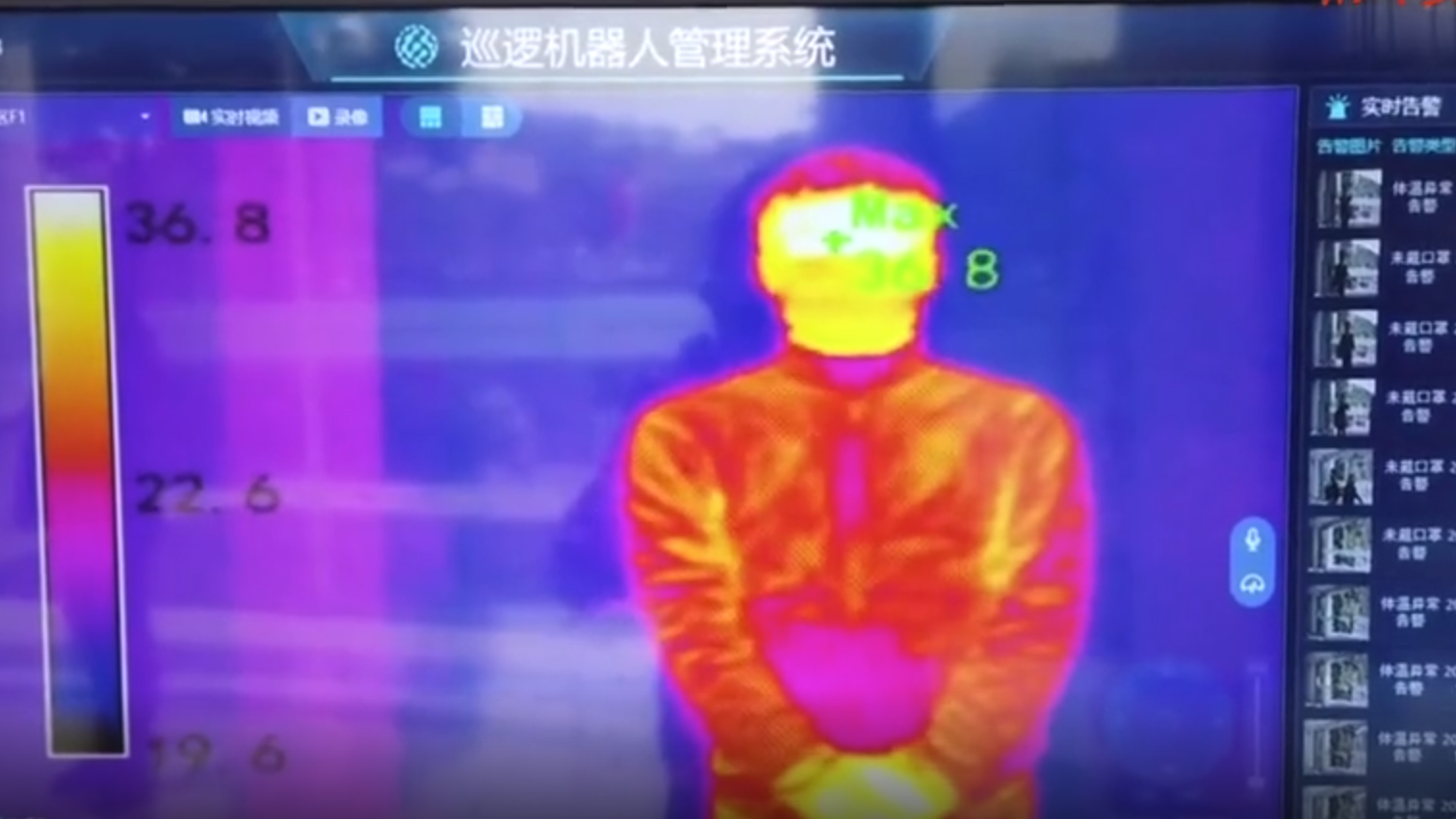
If a robot detects someone with a high temperature, the robot will alert a detection team, and a real-time response can be initiated. And although the robots are autonomous self-driving machines, they can also be controlled remotely if required.

The robots are powered by an IoT edge computer from Advantech (the MIC-770), and are also equipped with an Intel Core i processor and GPU iModule (MIC-75G20) aimed at IoT applications. And the robots also come with a ruggedized chassis and cast aluminium heatsink, to protect it against vibration and shock.
2. 5G and the lure of a connected city
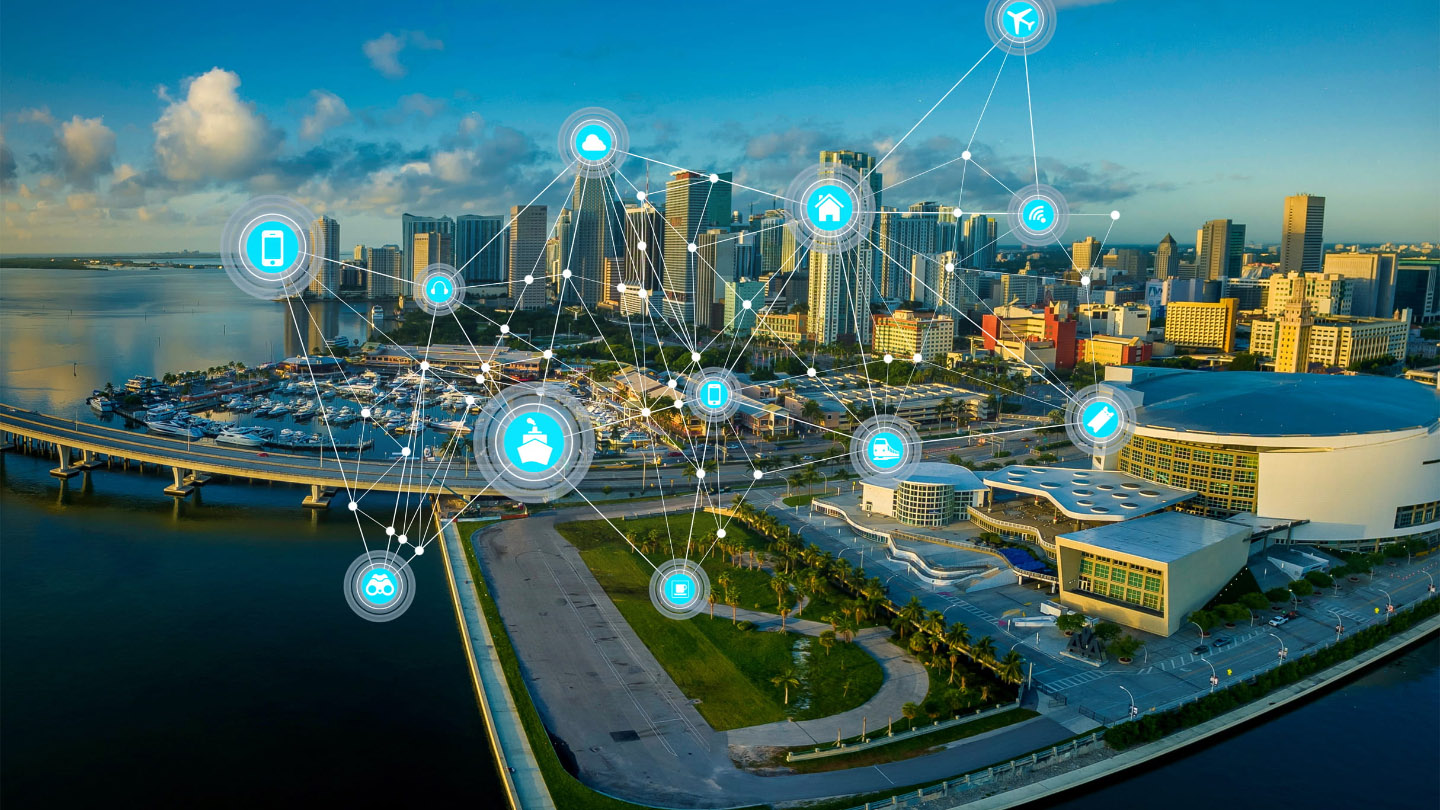
Consumers demand a high-level of connectivity wherever they go and the smarter a city is, the more it appeals to these tech-savvy travellers. 5G networks will help such holidaymakers explore destinations more easily; allow them to make restaurant reservations and book attraction tickets online and on a whim more quickly; and help them discover hidden treasures that are off the beaten track. This has the benefit of increasing footfall to a wider number of businesses and boosting tourism to more far-flung, remote places.
"We’re seeing an expectation from visitors to be able to access content and information from mobile devices as quickly and easily as possible, without any issues,” Katherine Pearson, managing director at Flo-culture Ltd, a member of the UK’s 5G Rural Integrated Testbed (5GRIT) told 5GRadar. “This is not just basic information either, but a growing desire for richer experiences such as AR tour guides and video content. What makes it even more of a challenge for tourism operators is that these expectations are not just confined to the city, but across rural tourist spots as well.
“In recent 5G countryside trials, we’ve have shown the potential to achieve this in even the remotest tourist spot, helping smaller, cash-strapped rural tourist boards offer the same level of experience found in major cities.”
3. 5G and empowering local businesses
While 5G’s promises of faster, more reliable connections is touted as a huge benefit to consumers, they will also be key for local businesses that rely on tourism. Mobile services that typically rely on cash payments, such as taxis and ice cream vans, will be able to connect to 5G networks to offer card payments for the first time, particularly in rural areas. Similarly, village shops and attractions that currently pay fees to use traditional card readers will be able to take advantage of cheaper, mobile readers from the likes of iZettle and Square.
4. 5G and the importance of social sharing
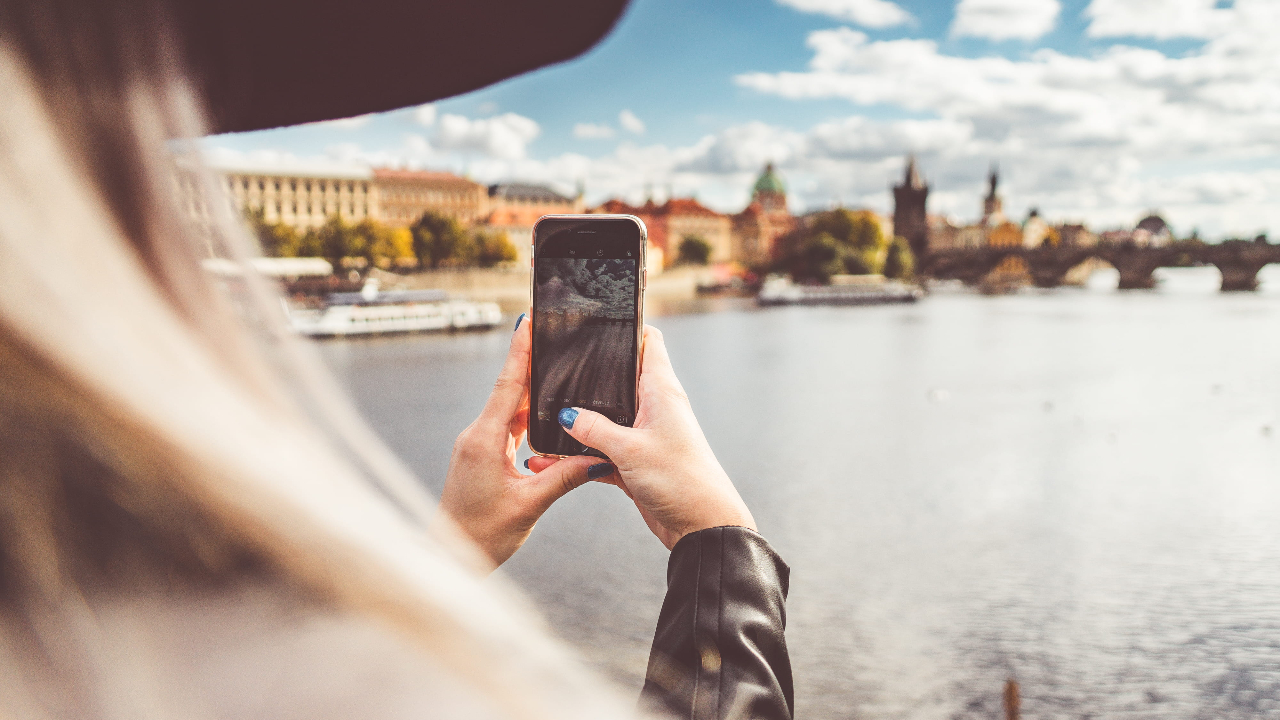
From sending holiday snaps on WhatsApp, to uploading videos on Instagram Stories and checking in on Facebook, social media sharing is one of the most significant ways for tourist destinations to get free publicity. If your business doesn’t offer a decent connection, customers are either unlikely to return or you’ll miss out on organic engagement that can prove so vital when building a reputation. Not only will 5G mean even the most remote and hidden tourist spots will be able to benefit from such exposure, these businesses will potentially save money by not having to provide expensive Wi-Fi networks with high bandwidth.
“The power of 5G will give tourism companies better knowledge of their customers, their characteristics, their tastes, preferences, interests, and so on,” said Arturo Azcorra, director
at IMDEA Networks. “These are only a few of the aspects of the major impact 5G will have on the tourism industry. Any country left behind in this race will suffer a severe setback in its appeal as a destination.”
5. 5G and easier journeys
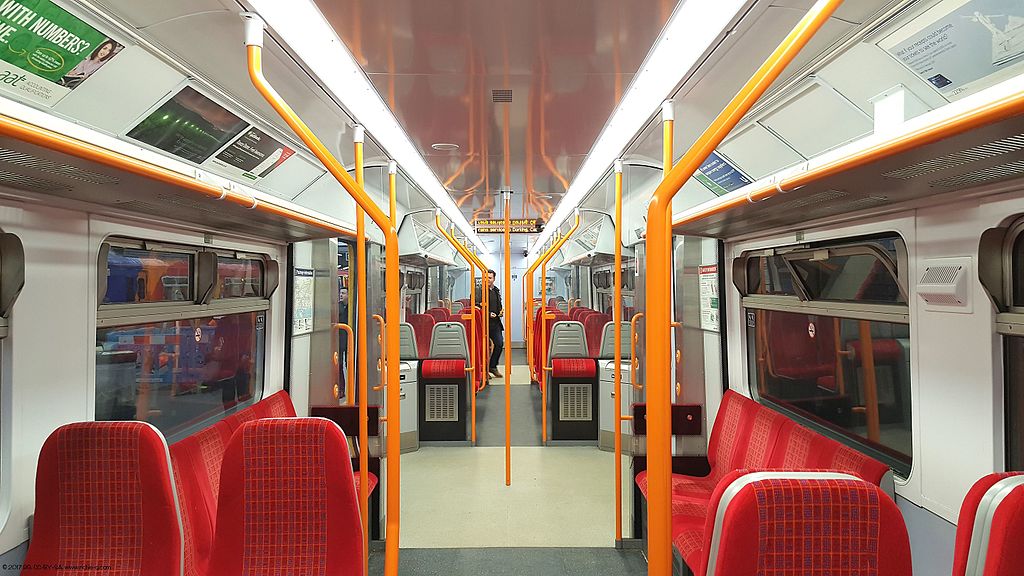
The vastly increased connection density afforded by 5G networks paves the way for billions more IoT sensors to come online, and one of the most significant impacts these sensors will have will be on transport. By fitting them to train carriages and tracks, engineers will be able to detect faults before they occur, reducing delays to people’s holidays and saving operators money on lengthy repairs. Savings that could be passed down to customers. Such sensors, when connected to high-speed 5G networks, will also mean passengers can get real-time updates on their mobile devices, helping them more effectively plan their journeys and manage any unavoidable hold-ups.
6. 5G and smart airports
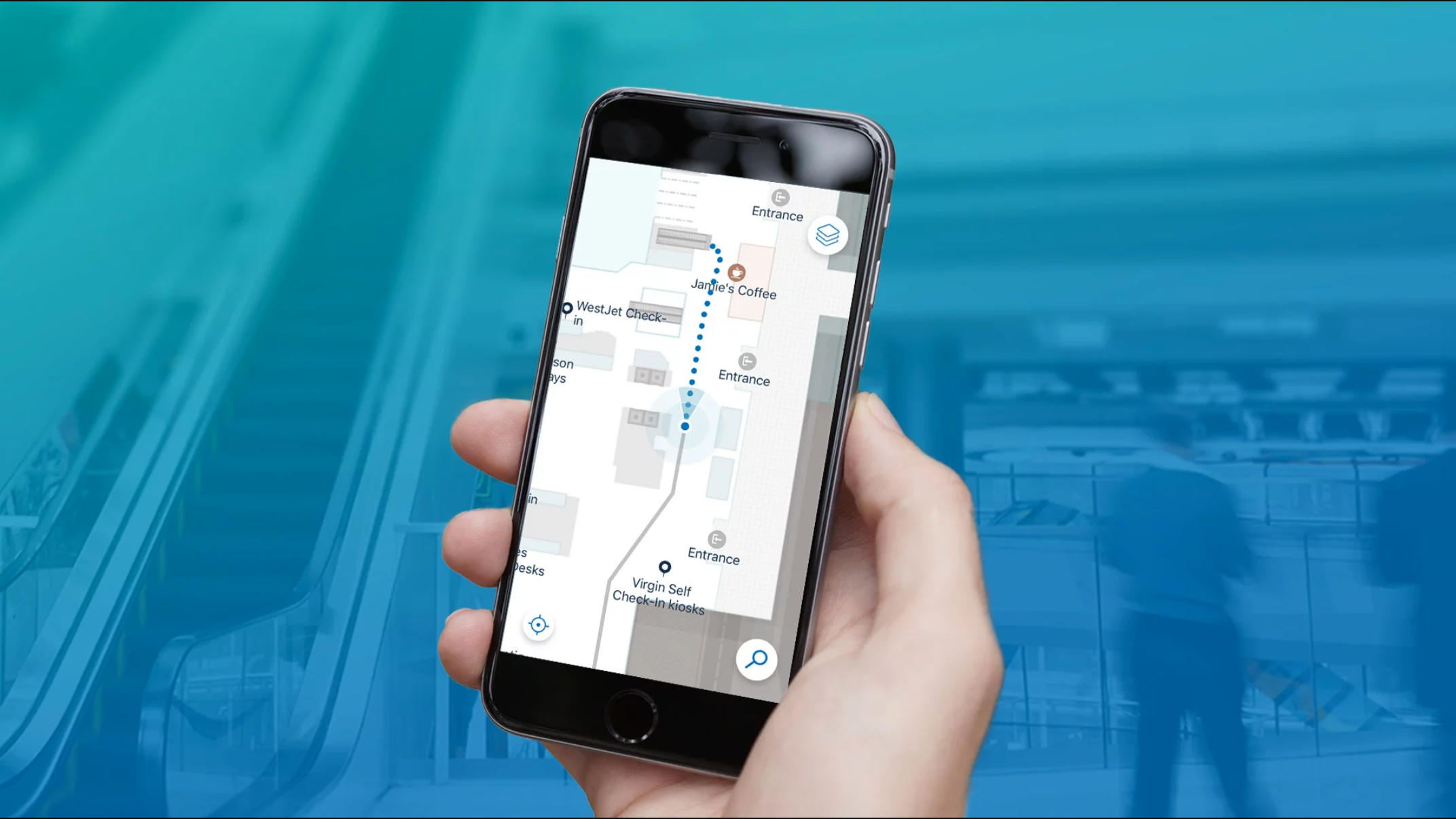
Just as IoT sensors on trains will help tourists travel to airports with minimal disruption, once they arrive at the terminal, 5G-enabled sensors and networks will play a major role in cutting waiting times and providing a frictionless experience. Gatwick, for instance, through its partnership with Pointr, was the world’s first airport to install 2,000 beacons that help passengers navigate its terminals and get accurate updates to flight and gate information. Shops additionally use these beacons to push marketing messages to travellers as they make their way to the gate. 5G will enable even more beacons and sensors to join a network while also making the relaying of updates and messages even faster.
7. 5G and robot assistants

Taking the idea of a smart airport a step further, in December 2018 Helsinki became the world’s first 5G airport and its operator Finavia partnered with Finnish telco Telia to introduce a robot customer service agent called Tellu.
Tellu not only helps passengers find their way around and get information about their flights, its on-board cameras send real-time footage to security teams to provide eyes on the ground. 5G’s high bandwidth and network reach will fuel the rise of more such robotic assistants and chatbots in airports, hotels, and in every customer-facing business.
8. 5G and smart hotels
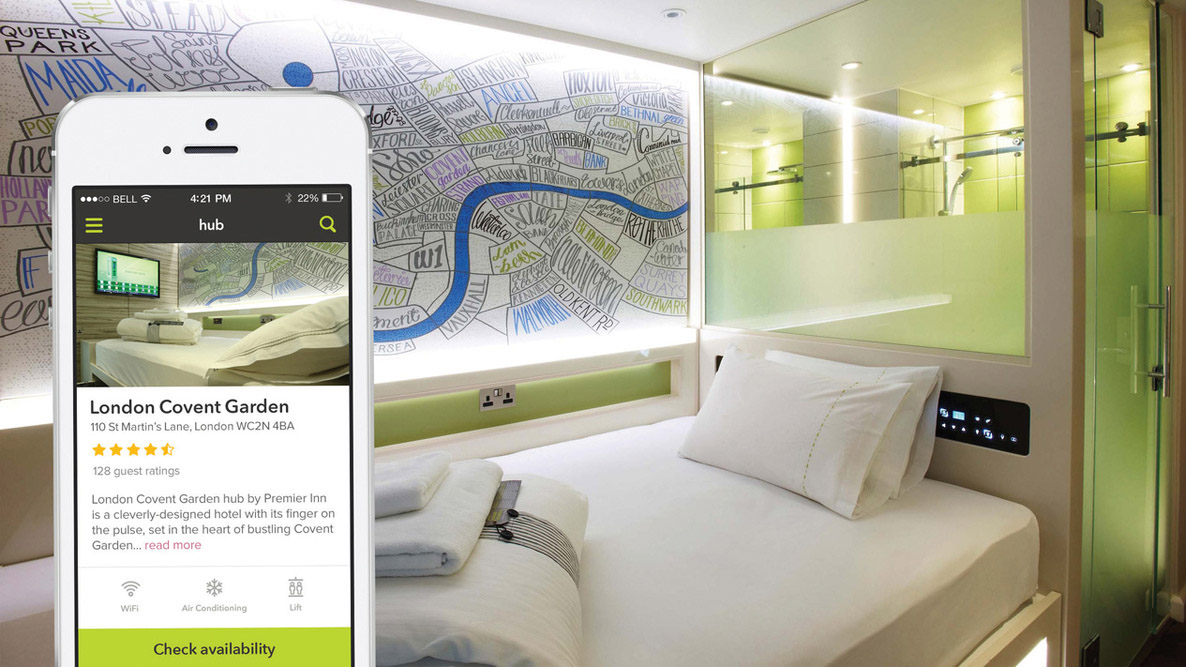
Reseach has found that Wi-Fi is the most important factor when choosing accommodation for leisure and business travellers alike with over half (58%) of respondents claiming a lack of Wi-Fi would put them off a location. Yet hoteliers said this increasing demand is putting a strain on their bandwidth and network security. 5G will solve both issues, offering high speeds for multiple devices while reducing the load on Wi-Fi networks.
This free bandwidth, complemented by reliable 5G connections, will additionally enable hotels to offer more advanced smart features such as connected lights and smart thermostats, like those seen in London’s Premier Inn Hub, that let passengers remotely set the ideal room temperature before arrival, or turn off the lights from a touchscreen control panel by the bed.
9. 5G and immersive cultural experiences

Elsewhere, the rise of 5G will provide the speeds, stability and reach needed to bring historical sites to life, turning tourist attractions into fully immersive experiences through augmented, virtual and mixed reality. As part of the UK government’s 5G Testbeds and Trials programme, authorities in Bath and Bristol recently trialled an AR/VR experience at the Roman Baths in which tourists used an app, connected to 5G, to virtually travel back in time and see how the World Heritage Site used to look. In June 2019, the same project held a 5G-enabled live stream in Bristol in jazz musician Jamie Cullum hosted a music lesson from a studio in London.
“The fast speeds and connection capabilities of 5G enable tourists to access this content using just their mobile devices. This ability to deliver real time, immersive experiences is a great way to really engage tourists,” continued Pearson. “It's important to stress though that the goal is not to use 5G as a replacement for real-life experience, but use it to improve engagement with locations. This in turn will help drive footfall, revenues and recommendations to other travellers."
10. 5G and outdoor events

Despite packed festivals and sports stadiums seeming like a distant memory in the wake of coronavirus, most people will still recall just how poor mobile signals were, due to the vast number of people trying to access networks. By increasing the number of devices they can manage while boosting speeds, 5G networks spread this load more effectively and efficiently not only giving fans connections they’re more accustomed to, it opens the door for more personalised, immersive experiences from brands to appeal to customers
“People at festivals, stadiums and large events aren’t just connecting, they’re consuming huge amounts of data – streaming, checking social media, keeping an eye on other games, and uploading videos to share experiences with friends and family,” said Matt Stagg, Director of Mobile Strategy at BT Sport.
“The introduction of 5G brings a vast amount of bandwidth and additional capacity that people need to consume and share whatever content they like, keeping them connected even in a crowd of thousands of people. 5G will also unlock the full potential of immersive experiences and mixed reality – AR and VR – at these events. People will interact with what’s in front of them in completely new ways, and fans that aren’t at the event will become the curators of their own experience, with so many new pieces of content to bring together that their experience will be totally bespoke.”
11. 5G’s power to protect the public

Beyond the cultural and business benefits provided by 5G, it also has the power to improve public safety at tourist sites and events by using network slicing. 5G technology allows for operators to reserve and provide dedicated portions of the network to certain customers, such as the emergency services. Freeing up the network allows first responders to get real-time access to critical data, such as smart city sensor streams or online medical records. It will help them send and receive real-time video of situations and power beyond-line-of-site drones and robots. What’s more, 5G enables the use of 5G-enabled AR and VR applications to develop realistic simulations of crisis situations for training and testing.
- Why 5G small cells are vital for mmWave 5G
- Millimeter wave: the secret sauce behind 5G
- Get updates on the hottest 5G stocks
- Discover the truth behind 5G dangers
- 5G towers: everything you need to know
Victoria Woollaston is a freelance science and technology journalist with more than a decade’s experience writing for Wired UK, Alphr, Expert Reviews, TechRadar, Shortlist and the Sunday Times. She has a keen interest in next-generation technology and its potential to revolutionise how we live and work.

